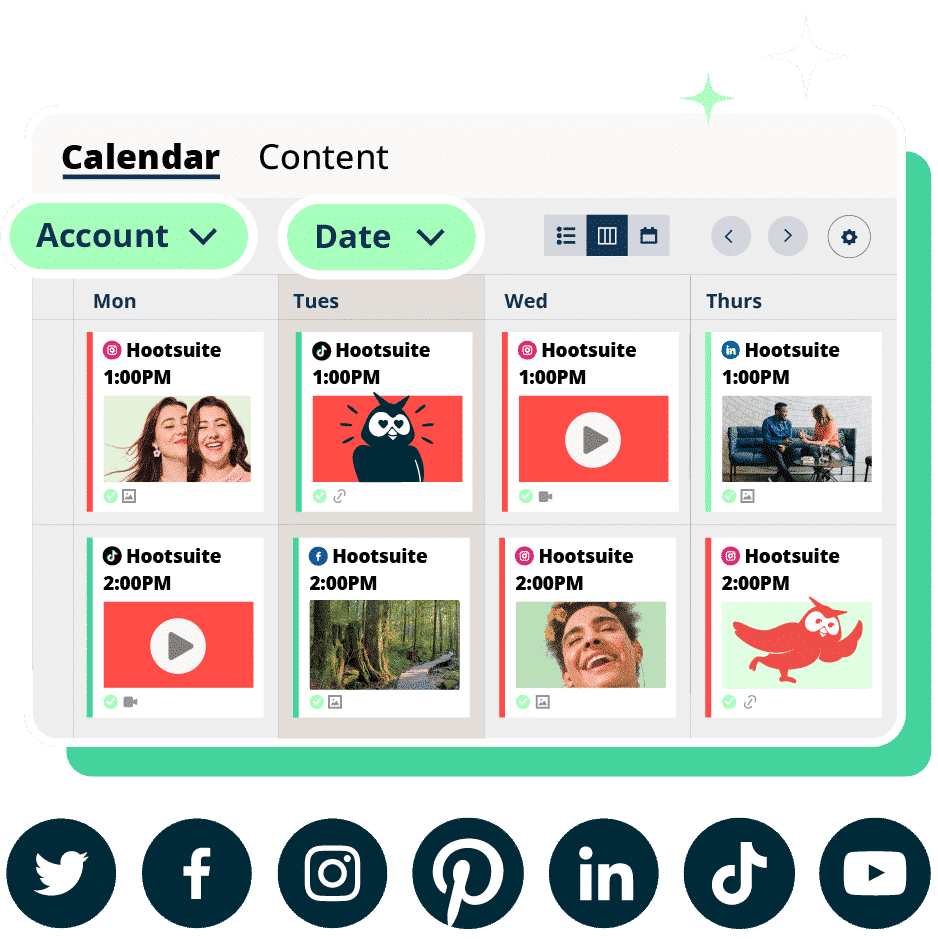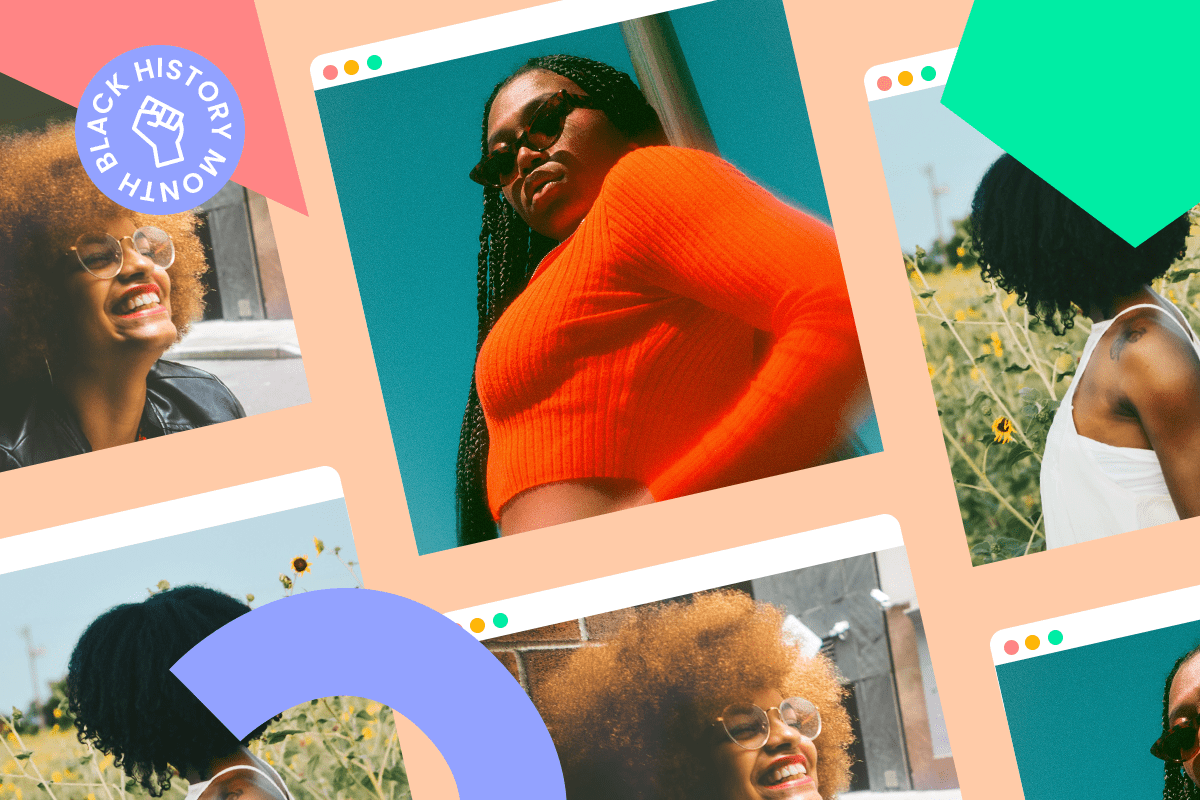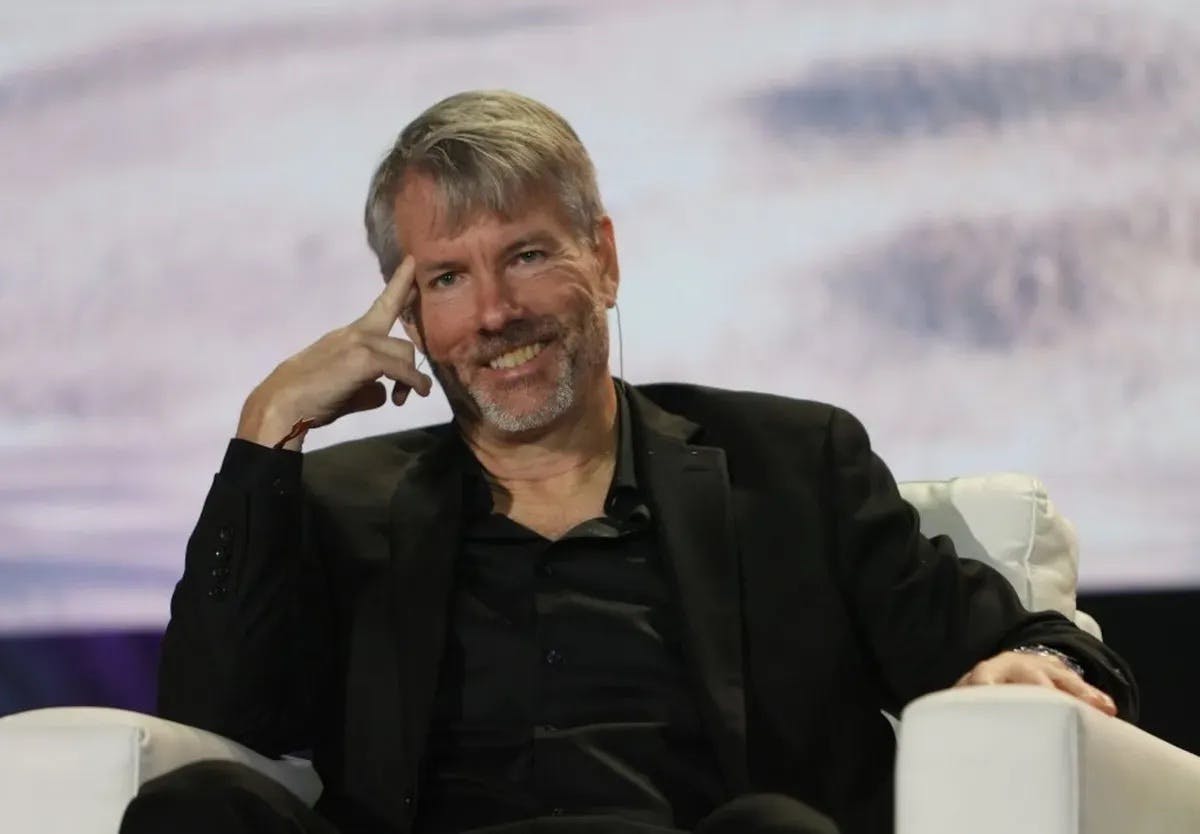Key takeaways
- Brand loyalty is the emotional connection that drives repeat purchases from a specific brand, even when alternatives exist.
- Loyalty boosts customer lifetime value, reduces acquisition costs, and generates powerful word-of-mouth promotion.
- Building brand loyalty involves understanding customer needs, leveraging user-generated content, personalizing all touchpoints, rewarding repeat customers, and providing stellar customer service. These tactics strengthen relationships, laying the foundation for long-term loyalty.
Brand loyalty. It’s the secret sauce that turns customers into fans that buy your product again and again, while shouting from the rooftops how much they love you.
Let’s start with a simple brand loyalty definition. Then we’ll dive into how to build brand loyalty that increases lifetime value and improves ROI.
What is brand loyalty?
Brand loyalty is the connection between a brand and a customer that drives someone to make repeat purchases from a specific brand. They stick with that brand even when alternative suppliers or products may be cheaper or more easily accessible.
The lineup outside the Apple Store to get the latest iPhone the first morning it’s available? That’s brand loyalty in action.
Elements of brand loyalty
The concept of a “relationship” between a consumer and a brand is a little ethereal. The building blocks of that relationship are easier to wrap your head around (and to measure).
Researchers Latif et al. provide a simple conceptual framework for brand loyalty based on four elements:
- Familiarity. How much awareness people have of your brand identity (also known as brand awareness).
- Satisfaction. Early positive experiences with your brand and product.
- Trust. Longer-term positive customer experiences leading to brand trust.
- Attitudinal loyalty. Intentions to repurchase and recommend the brand to others (also known as advocacy).
The brand loyalty pyramid
The brand loyalty pyramid was developed in the 1990s by David Aaker, hailed as “the father of modern branding.”
Just as the sales funnel shows how potential buyers move through the conversion process, the brand loyalty pyramid shows how customers move through the process to becoming brand-loyal.
The pyramid has five stages:
- Switchers. People who have bought your product but are just as likely to buy a competitor’s product next time.
- Habitual buyers. People who buy your products out of habit but could easily be swayed to another product if it’s cheaper or more convenient.
- Satisfied buyers with switching costs. People who are satisfied with your brand but primarily stick with your products because there are barriers to switching (such as learning how to use a new tool or platform, or having to buy new cords or accessories).
- Buyers who like the brand. At this point the connection becomes emotional, and the buyer becomes passionate about your brand for reasons they may not be able to articulate clearly (#vibes).
- Committed buyers. These are the people lining up to buy a new product the moment it launches – they love your brand and aren’t afraid to show it. They have eyes for you and you alone.

Source: Aaker, D.A. (1991) Managing Brand Equity. The Free Press, New York.
Why is brand loyalty important?
It’s obvious that you want people to choose your brand over your competitors. Brand loyalty ensures they do so again and again. But it provides more value to your brand than the simple revenue from customer retention and each purchase. Here’s why.
Customer lifetime value vs. acquisition cost
Acquiring a new customer is harder (and more expensive) than selling to a repeat customer.
Think, for example, about your social media ads. The more interaction you have with a customer or prospect, the better you can personalize your offers. Plus, you can target specific conversion goals (upsale? refill?) rather than using CPM awareness marketing campaigns.
Brand loyalty increases your lifetime customer value. That, in turn, increases the amount that you can afford to spend on customer acquisition and increases the ROI of your social marketing strategy.
Positive word of mouth (WOM)
Loyal customers do more than buy your products themselves. They share their love for your product with others. They can provide enormous brand value through not just written positive customer feedback but also word of mouth.


Source: Hootsuite Social Media Consumer Report
How to build brand loyalty through digital marketing
As you saw in the brand loyalty pyramid, customers become truly passionate about and loyal to a brand when they feel like they have a relationship with that brand. Of course, as social marketers know, relationship-building is where digital marketing truly shines.
1. Learn what your customers want
To build authentic brand relationships that form the basis of brand loyalty, you need to understand who your customers are and what they want.
2. Lean into user-generated content (UGC)
When you share content created by your fans and followers, you make it easier for those followers to feel an emotional connection with your brand. Sharing content from followers also helps to showcase your brand values through a more personal lens. And connecting with those brand values is critical to forming the committed buyer relationships at the top of the brand loyalty pyramid.
3. Personalize your content
That same academic research found that personalization on social media is a “critical strategy for enhancing brand loyalty.” Some of the methods suggested are targeted advertising and customized content.
Target audiences within social media – or segmented lists for your other digital marketing efforts – allow you to create the most relevant content for different customer and prospect groups. A tool like Hootsuite Social Advertising allows you to use advanced targeting while managing ad spend and performance across platforms alongside your organic content, all in one place.
AI writing tools like OwlyWriter AI are also valuable here, as they can help you create multiple versions of your content for different audiences. Just remember that relationship-building requires a human touch, so make sure to review all AI-assistant content creation to ensure it aligns with your brand voice.
4. Avoid the top social media sins
Building brand loyalty through digital marketing requires you to put your audience first. Yes, you’re a brand, and you’ll want to post some promotional content. But that’s not the stuff that builds relationships and loyalty. In fact, posting too much promotional content is one of the top ways to lose followers on social media.
However, an even greater problem is posting inauthentic content. Digital audiences are looking to connect with brands in a way that feels personal. They can’t develop feelings of loyalty if they feel like they’re being taken for granted.
Here are the rest of the brand sins to avoid when trying to build brand loyalty on social media:


Source: Hootsuite Social Media Consumer Report
How to nurture the loyalty of existing customers
5. Reward your most loyal fans
Your job is not over when fans become brand-loyal customers. But you do need to shift the way you market to these brand loyalists.
They’re already convinced about the value of your product and services, and they’ve personally connected with your brand. Rather than highlighting the value of your features and benefits, you need to focus on the relationship. That means developing rewards programs that recognize their loyalty.
This could be an incentive as simple as a customer loyalty program, such as Starbucks Stars or airline miles. But digital marketing also creates the opportunity to connect one-on-one with your greatest advocates.
Your greatest fans are already talking about you on social media. A tool like Hootsuite Social Listening can help you find them so you can connect and look for ways to work together. In just a few clicks, you can identify top brand advocates based on their engagement rate, reach, and social network.
Reach out to these loyal customers to find ways to work together, such as affiliate commissions or an influencer marketing partnership with existing high-profile brand ambassadors.
6. Empower your social team
How many times will we use the word “relationships” in this post? Honestly, we’ve lost count. But there’s a reason why we’re really hammering this point home. Customer relationships are the foundation of brand loyalty. When a relationship sours, brand loyalty can go out the window.
Your social team members are the keepers of those relationships. Empower them to actively engage with your social followers – while maintaining that critical brand voice – by creating clear social media guidelines and a social media style guide.
Be sure to allow time for engagement and social conversation when planning your team’s workload: 53% of people say that responding to direct questions and comments in a timely way is the most appealing aspect of a brand’s social media presence. A tool like Hootsuite Inbox helps your team stay on top of incoming messages so no one ever feels ignored.


7. Provide exceptional customer service
This could be folded into the previous point, but it’s so important we wanted to call it out on its own. Digital channels are a primary contact method for customer service and customer care. You need to be ready to respond to people on the channels they use most.
Uniting social media and customer support is an important way to keep customers happy and nurture brand loyalty. Hootsuite’s integration with Salesforce provides both teams the information and access they need to do the work they do best and provide your customers with the best (and fastest) care.
How to measure brand loyalty
There’s no one metric to measure brand loyalty, but by combining a few metrics you can get a solid sense of how much loyalty you’ve earned.
Engagement rate
This measures how much of your audience engages with your content in some way (like, shares, comments, etc.) as a percentage of your reach or audience size.
Volume and sentiment of brand mentions
People who love your brand say great things about you online.
Tracking volume of mentions tells you how much people talk about you. Adding sentiment tracking allows you to understand whether those mentions are positive or negative. In other words, it helps you understand how people feel. The volume and proportion of positive mentions are both important tracking points for brand loyalty.


Social share of voice
Volume and sentiment of mentions track your own brand conversations over time. Social share of voice tracks your share of the overall social conversation at any point in time compared to your competitors.
This allows you to understand your position in the industry and get a sense of how many people are loyal to your brand versus the alternatives.
Net promoter score (NPS)
Net promoter score is a numeric score based on a simple one-question survey. The question?
How likely are you to recommend this brand (or product or service) to a friend?


Source: LensCrafters follow-up email
You can divide respondents into three categories:
- Promoters (score 9-10). These equate to committed buyers and brand-likers on the brand loyalty pyramid.
- Passives (score 7-8). These could be satisfied or habitual buyers. They’re satisfied with your brand but are not truly loyal yet.
- Detractors (score 0 to 6). These people are not even on the brand loyalty pyramid. They’re unhappy about some element of their brand experience.
To calculate NPS, subtract the percentage of detractors from the percentage of promoters. Passives are excluded from the calculation.
Customer lifetime value
Customer lifetime value measures the total amount that someone will spend with you over their lifetime as a customer. It’s a metric that heavily impacts your bottom line.
A customer lifetime value higher than the initial purchase price of your product or service indicates repeat purchasing. A customer lifetime value significantly higher than the initial purchase price indicates a longer period of customer loyalty.
3 brand loyalty examples (and what you can learn from them)
1. Warby Parker saves the day
What happened
A Warby Parker customer received better-than-expected customer service in a challenging situation and shared the experience on X.
Key takeaways:
- Every customer interaction is an opportunity to build brand loyalty, no matter how the customer feels about the brand at the outset.
- Mistakes and problems can actually enhance brand loyalty if handled correctly. This story started with a broken pair of Warby Parker glasses and ended with a brand shoutout and a happy customer.
- Offline interactions lead directly to online word of mouth.
2. Starbucks makes a seasonal fan favorite item permanent


Source: @Starbucks
What happened
When Starbucks introduced its baked apple croissant as a seasonal fall item last year, it quickly became a fan favorite and would often sell out before noon.
When the croissant came back as a seasonal item this fall, customers bombarded the Starbucks social media channels with requests for it to become permanent. Starbucks listened. Their announcement of the change got nearly 25,000 likes on Instagram in just two days, along with a flood of comments from happy – and loyal – customers ready to become repeat buyers of this item.
Key takeaways:
- Digital channels can be a primary source of customer research, even for bricks-and-mortar businesses. It’s one of the few places where customers can directly reach out and ask for what they want.
- On that note: Give your customers what they want. Scarcity can be a way of driving demand, of course. But not at the cost of customer satisfaction. Consistent requests for a particular product, service, or feature provide an opportunity to drive brand loyalty by responding directly to your fans.
3. GoPro rewards their loyal customer base
What happened
GoPro offers a number of rewards challenges, where customers can upload photos or videos shot on GoPro products for the chance to be featured on GoPro’s social channels or win cash or GoPro prizes.
Here, GoPro got the chance to share a beautiful UGC image that highlights what the product can do. The customer/photographer was happy (“Woooo thanks everyone 😍🙌”), and the photo got more than 15,000 likes in less than 24 hours.
Key takeaways:
- Rewarding loyal customers reinforces their commitment to the brand. Doing so publicly shows other fans that you support the community that supports you.
- UGC is an inexpensive way to fill your social feed while driving brand loyalty by creating community engagement.
Hootsuite makes it easy to monitor conversations on social media, so you can focus on taking action on the insights available and building a loyal customer base. Try it free today.









